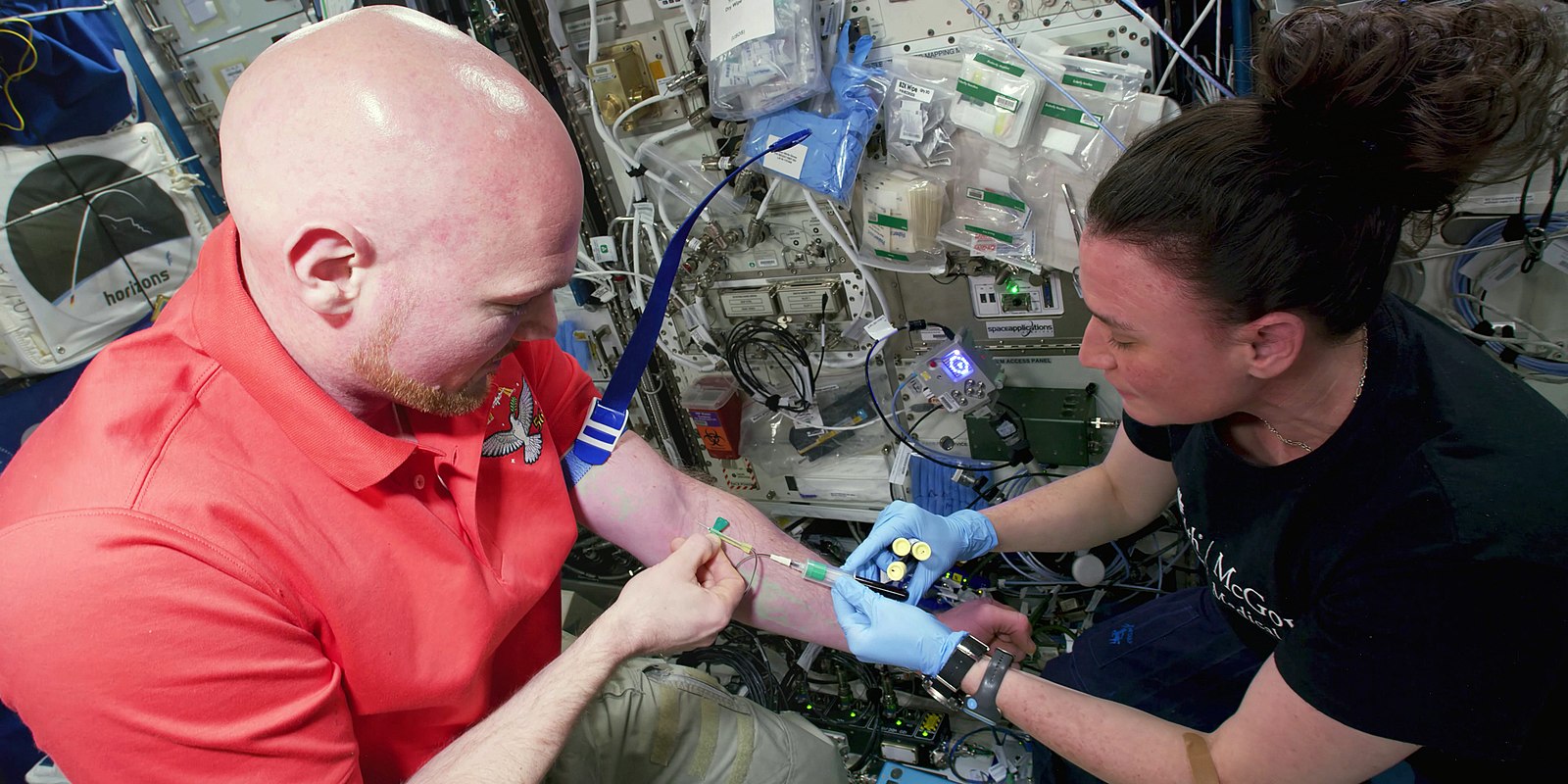
With more people living and working in low Earth orbit, and eventually in deep space at the Moon or beyond, the need for a licensing framework for practicing medicine in space is becoming paramount.
The global space economy is forecast to be a trillion dollar industry by 2040, according to experts. As more people work or travel in space, the likelihood of accidents or other medical situations will increase.
“Space medicine” has been defined as “the practice of medicine on astronauts in outer space whereas astronautical hygiene is the application of science and technology to the prevention or control of exposure to the hazards that may cause astronauts ill health.”
Hubertus Strughold, a former Nazi doctor and physiologist, coined the term “space medicine” after landing in the United States after World War ll as part of Operation Paperclip. In 1949, he was made the director of the Department of Space Medicine and was the first professor of space medicine at the School of Aviation Medicine at Randolph Air Force Base in Texas.
In a February 2023 study, a team of Western University researchers in Canada looked at ways to develop new frameworks to license physicians and practitioners, and define skill sets, to practice medicine on astronauts, either in person, or teleremotely from Earth.
The study was focused on Canadian law and noted Canadian physicians are required to hold a license in each province they practice, and not beyond. However, there is no legal framework for providing services, including telemedicine, in space.
For NASA, it uses “flight surgeons” on the ground to provide care to astronauts before, during and after missions. According to the U.S. space agency, “a flight surgeon is a physician that has specialized training and board certification in Aerospace Medicine.”
Aerospace physicians in the United States already have opportunities to train for space medicine, such as the aerospace medicine residency program at Wright State University Boonshoft School of Medicine in Dayton, Ohio, according to the program’s director, Dean Olson.
“The field is pretty competitive and the person needs to have a decent clinical background to be able to draw from in order to make appropriate aerospace decisions,” said Olson in a 2016 story for the Association of American Medical Colleges. “It’s not impossible for someone to get through with one year of internship [at Wright], but the ideal candidate is someone who has completed their residency and is either board certified or board eligible.”
However, a NASA flight surgeon undergoes an average of 12 to 14 years of undergraduate, medical, residency and clinical training before earning that title, the U.S. space agency said.
These flight surgeons are only for NASA missions. As non-government human spaceflight expands, Western University researchers say that the increased utilization “will require additional legal healthcare support frameworks.”
The Canadian study said similar issues cropped up during the coronavirus pandemic as geographical licensing restrictions “caused detriment to healthcare provisions in remote communities” in Canada, for example, because of jurisdictional licensing barriers, causing problems for services such as telemedicine. Emergency solutions to this problem were provided to temporarily license healthcare professionals to provide needed services.
The study concluded that with more people traveling to and deeper into space, and much of it being done by the private sector, “aerospace medicine must adapt to new operational requirements to safeguard the health of space travelers,” including the development of pan-jurisdictional licenses.
FTC: We use income earning auto affiliate links. More.

Comments